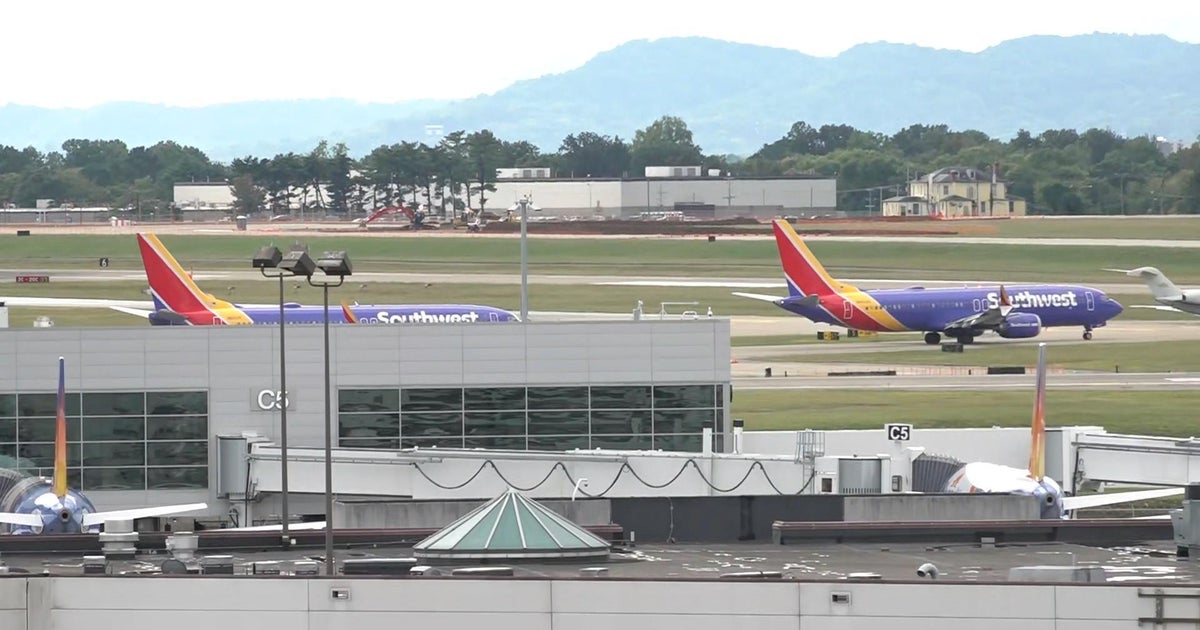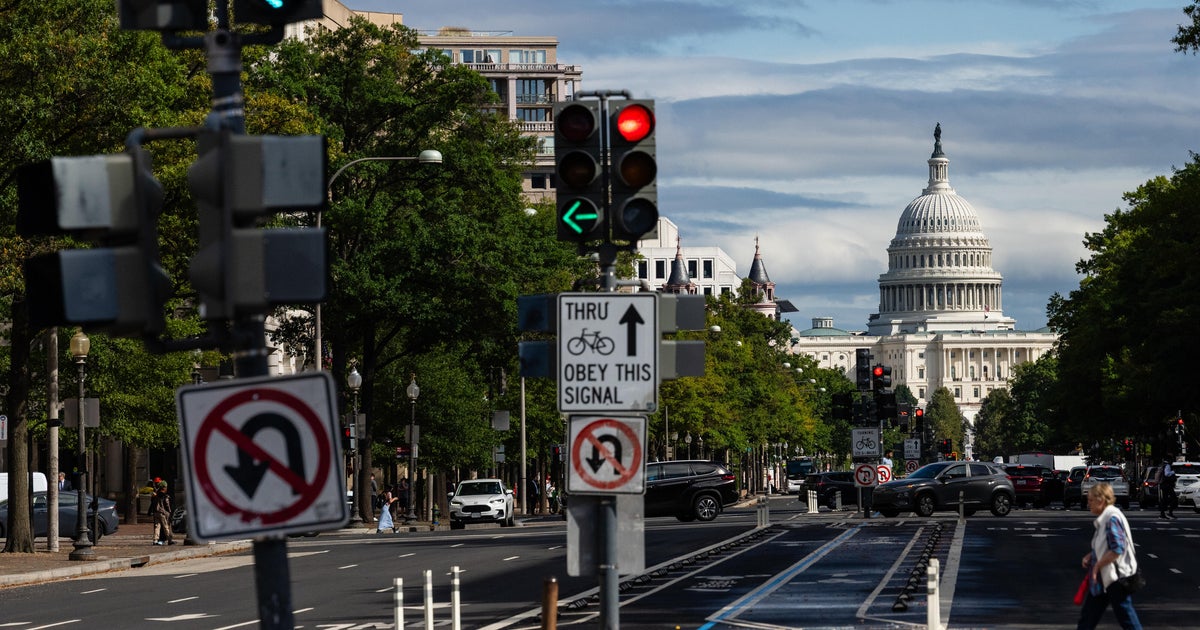Home owners are making more profit than ever when they sell their homes, but the few sellers who lose money are likely to be concentrated in a handful of high-density neighbourhoods.
Among all home owners who sold in the June quarter for a gain, the median nominal gain was $315,000, Cotality’s Pain and Gain Report, released on Wednesday, showed.

In neighbourhoods such as Parramatta, some properties are selling at a loss.Credit: Ben Rushton
This was up from $305,000 in the previous quarter, and an average of $250,000 over the past decade, adjusted for current values.
Some 94.8 per cent of home sellers made a profit, just below 95 per cent in the March quarter.
The research found a third of the loss-making unit resales were in the local government areas of Parramatta, Sydney, Melbourne, Stonnington and Port Phillip.
Loading
Unit values in these areas rose during the 2010s, compared to other housing markets where values jumped in the early 2020s as housing demand shifted in response to remote working arrangements and low interest rates.
Cotality head of Australian research Eliza Owen said the loss-making resales are becoming more concentrated – rather than mining towns, the losses are in investor-grade units.
“It does come back to the nature of supply across these markets – the fact that the apartments, particularly in that 2010s off-the-plan boom, weren’t really supplied with long-term desirability in mind from the occupant perspective,” she said.
“It’s also various shocks to demand. Obviously, the macroprudential tightening in 2017 really punctured demand in those markets.
“Investors turned away from these [high-density] markets in the late 2010s and they’ve not necessarily come back.”
In the Melbourne City Council LGA, 47 per cent of all property sales in the June quarter lost money, the report found, followed by Stonnington at 35.5 per cent where, for example, some high-rise towers near South Yarra train station have had cladding and water issues.
In Sydney, 26.4 per cent of property sales in the Parramatta LGA lost money in the June quarter, followed by 23.6 per cent in Ryde.
Although only 12 per cent of sales in the Sydney LGA lost money, Owen said the volume of sales there meant it accounted for a significant number of the total loss-making sales.
AMP chief economist Shane Oliver agreed the surge of supply could be a factor in the unit market losses.
“Supply has been somewhat stronger given the tail end of the unit building boom from last decade,” he said.
“Units went out of favour to some degree through the pandemic, although they’ve started to come back into vogue a little bit because of the affordability factor … they still haven’t managed to catch up.”
He highlighted rising prices in mid-tier cities such as Brisbane, Adelaide and Perth, as a rising tide that lifts all boats. In those cities, fewer than 5 per cent of unit sales lost money, compared to 12.1 per cent across Sydney and 21.7 per cent in Melbourne.
Loading
By contrast, the report revealed the LGAs where sellers made the highest profits.
Kiama on the NSW South Coast topped the list with a $758,000 median nominal gain for the June quarter, followed by the Byron Shire further north at $718,000. Regional Victoria’s Surf Coast also made the list at a median $629,000.
Sellers made strong gains in Sydney’s The Hills LGA ($684,800), Waverley ($624,000), Northern Beaches ($599,000) and Woollahra ($575,000).
Owen attributed the gains in regional coastal areas to the high capital growth in lifestyle locations in recent years.
But after this week’s National Climate Risk Assessment report that warned of rising sea levels, Owen said climate change could affect future property buyers’ decisions.
“Sometimes in the data it’s hard to know what the exact impact is of extreme weather events,” she said. “If you’re looking at parts of northern NSW for example, it tends to be more the lower socio-economic pockets that have struggled to rebound.
“It could influence prestige property buying decisions, and potentially even some divestment from luxury coastal markets … [and] inland tree-change areas that are subject to more intense summers as well.”
Buyers’ agent Rich Harvey said there was still significant value for buyers in areas such as the Northern Beaches that made the list of top gains.
“A lot of people are going, ‘If I’m going to spend $20 million on a property in Bronte, I can buy the same thing for less than $10 million in the Northern Beaches’,” the chief executive of propertybuyer.com.au said.
“There’s some beautiful enclaves and fantastic lifestyle suburbs – Newport, Mona Vale, Warriewood, some lovely pockets that aren’t too crowded.”
When looking for an investment, he looks for areas with strong population growth, infrastructure investment, diverse employment opportunities, high amenity value and low vacancy rates.
“These huge towers going up in Parramatta and the surrounding areas, there was so many of the same thing,” he said.
“The people who often bought those apartments were pushed financially… When the GFC hit or COVID hit, guess who sells out first.”
Most Viewed in Property
Loading


















































